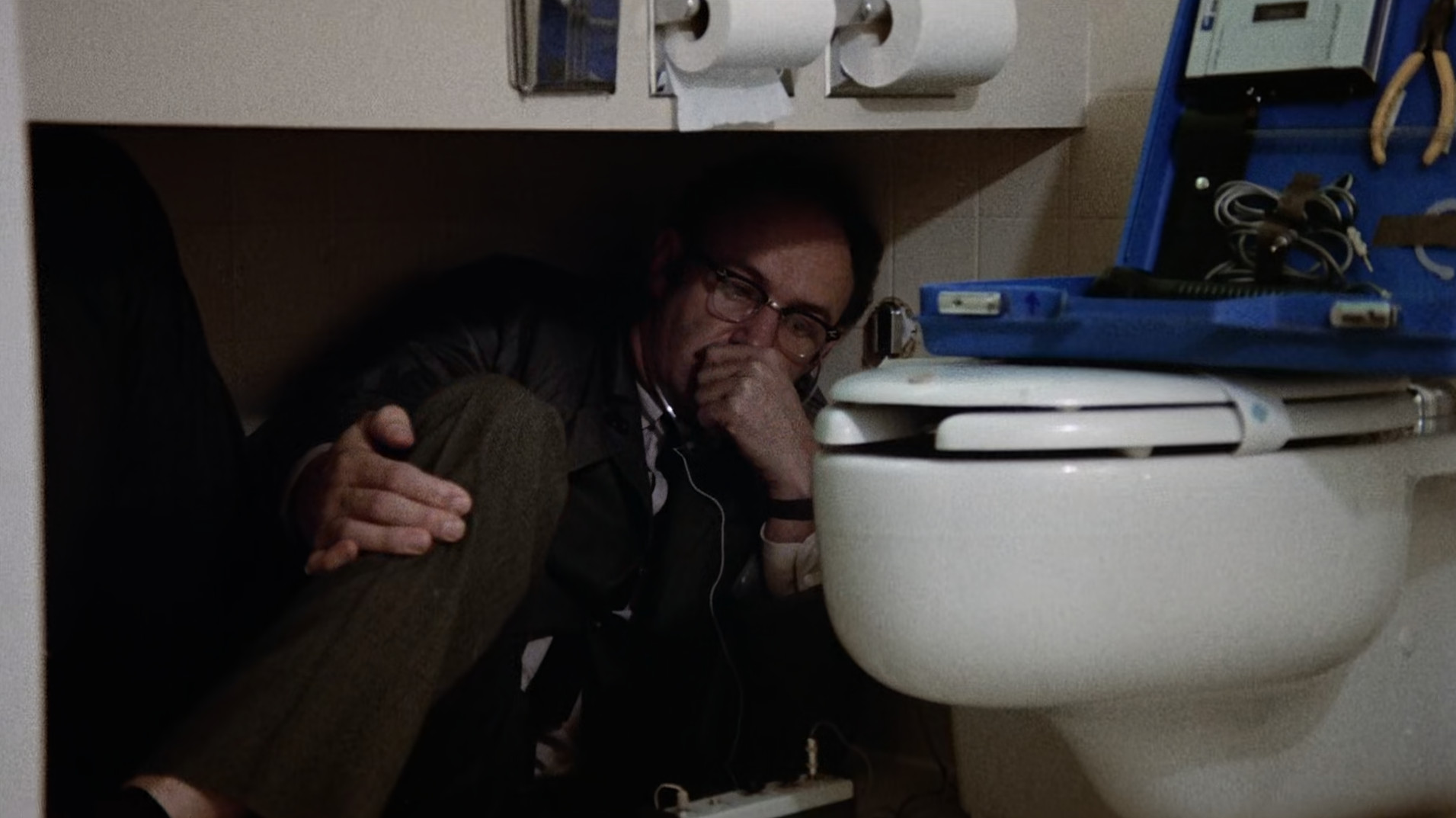
the conversation turned 50 years old this year. i caught a screening of the new 4K restoration on monday night, came home and thought maybe now was a good time to finally launch this site. so here it is.
i'd forgotten how scary this movie is. francis ford coppola described it himself as a "modern horror film" and it certainly builds dread better than most. context and intention become distorted through repetition, like a word heard over and over so many times it loses its meaning. innocuous things become uncanny. the opening shot is a great example. you have a pleasant day in san francisco's union square, people milling about on their lunchbreaks, tourists enjoying the sun, buskers performing their routines. we float above it, neutral. but the moment that electronic warbling starts up, it begins to feel wrong. the camera descends on the scene through a slow, motorized zoom. the shot is no longer objective but mechanical, intrusive, and alien. it begins to stalk. the nature of the sequence is revealed in the crosshairs of a scoped directional mic, manned like a sniper rifle by an audio technician on top of a nearby department store. we are in the midst of a tactical eavesdropping operation, made complicit in the technological violations that earn surveillance expert harry caul (gene hackman) his living.
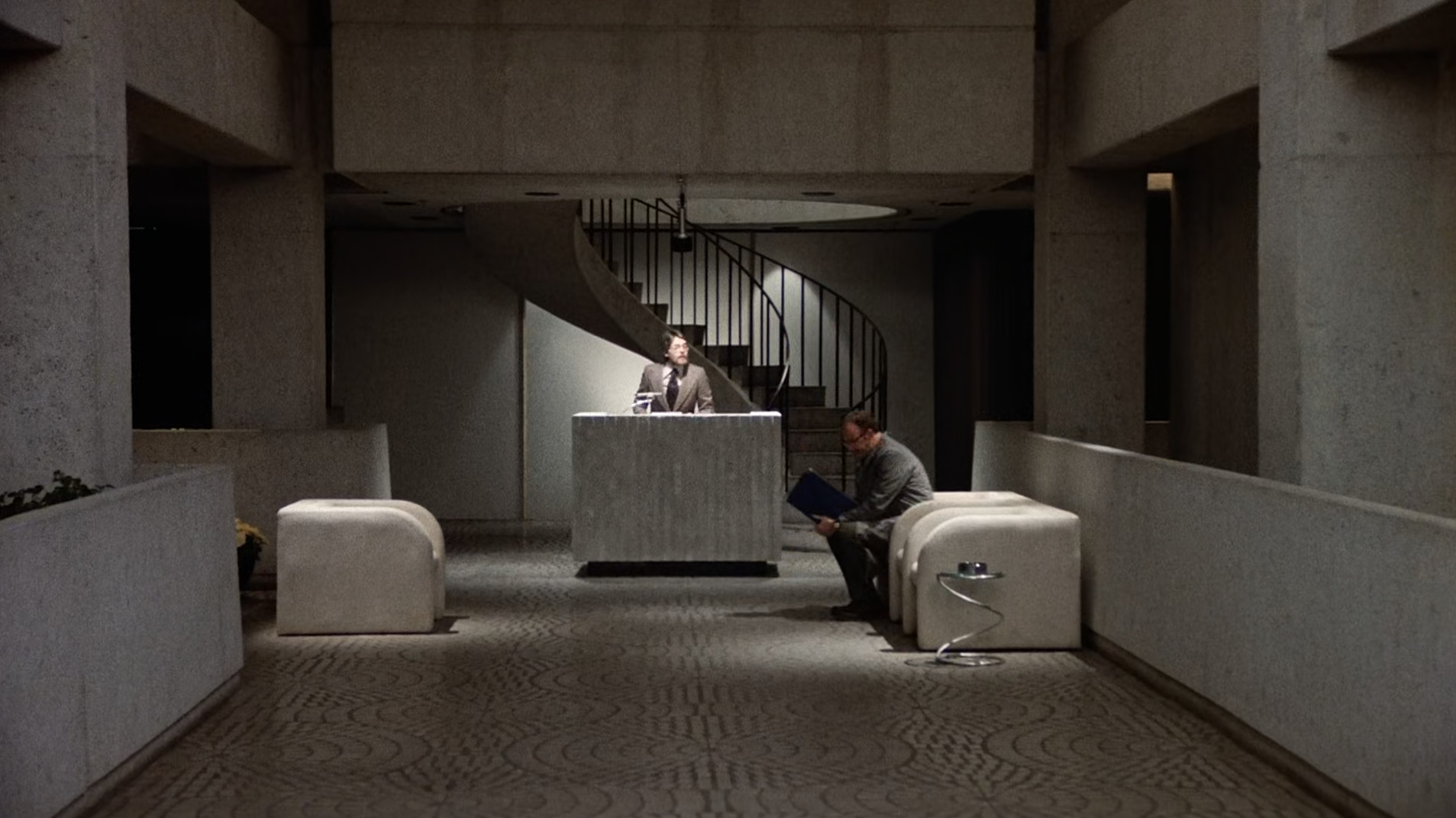
the conversation is also a very sad film. harry understands how easy (and profitable) it has become to invade other people's intimate lives—he does it every day. his desire for a "safe" anonymity compels him to near obsessive-compulsive levels of precaution, at the cost of human relationships. and yet harry's paranoiac safeguards—the multiple locks on his front door, his refusal to give out his home phone number, the stealth visits to his girlfriend amy (teri garr), with whom he discloses nothing, not even his birthday—are not even enough to achieve the degree of privacy he thinks they get him. his landlord has no trouble entering his apartment, multiple people have his number, and his girlfriend knows him better than he thinks. "you have a certain way of opening up the door," she tells him. "you know, first the key goes in real quiet, and then the door comes open real fast..."
that's why technical security measures are not enough. harry has also stripped himself entirely of anything "worth" knowing. he lives in a modest apartment, works out of a faceless warehouse empty of personal effects, rejects friendly banter with his assistant stan (john cazale), and freezes up when a flirtatious woman at a party begins to ask too many questions. emotional vulnerability is exploitable—an unnecessary security flaw not worth the risk. he has become nobody. not even the mime who follows him briefly in the opening sequence can figure out how to imitate someone so nondescript. "i would be perfectly happy to have all my personal things burned up in a fire," harry tells his landlord, "because i don't have anything personal." his only discernible passion is jazz music. he is seen early on in the film, after the grueling task of wiretapping two young people's circular conversation around union square, listening to a jazz record and playing the saxophone along with it. for anyone else, this would seem like a normal hobby. people often practice improv over a backing track. for harry, it's hard not to read it as an additional calculation in his carefully-guarded lifestyle—he can't even express himself musically without the reassuring obfuscation of some background noise, absorbing, blending, and ultimately drowning his own articulations into the cacophony of other nameless sounds.
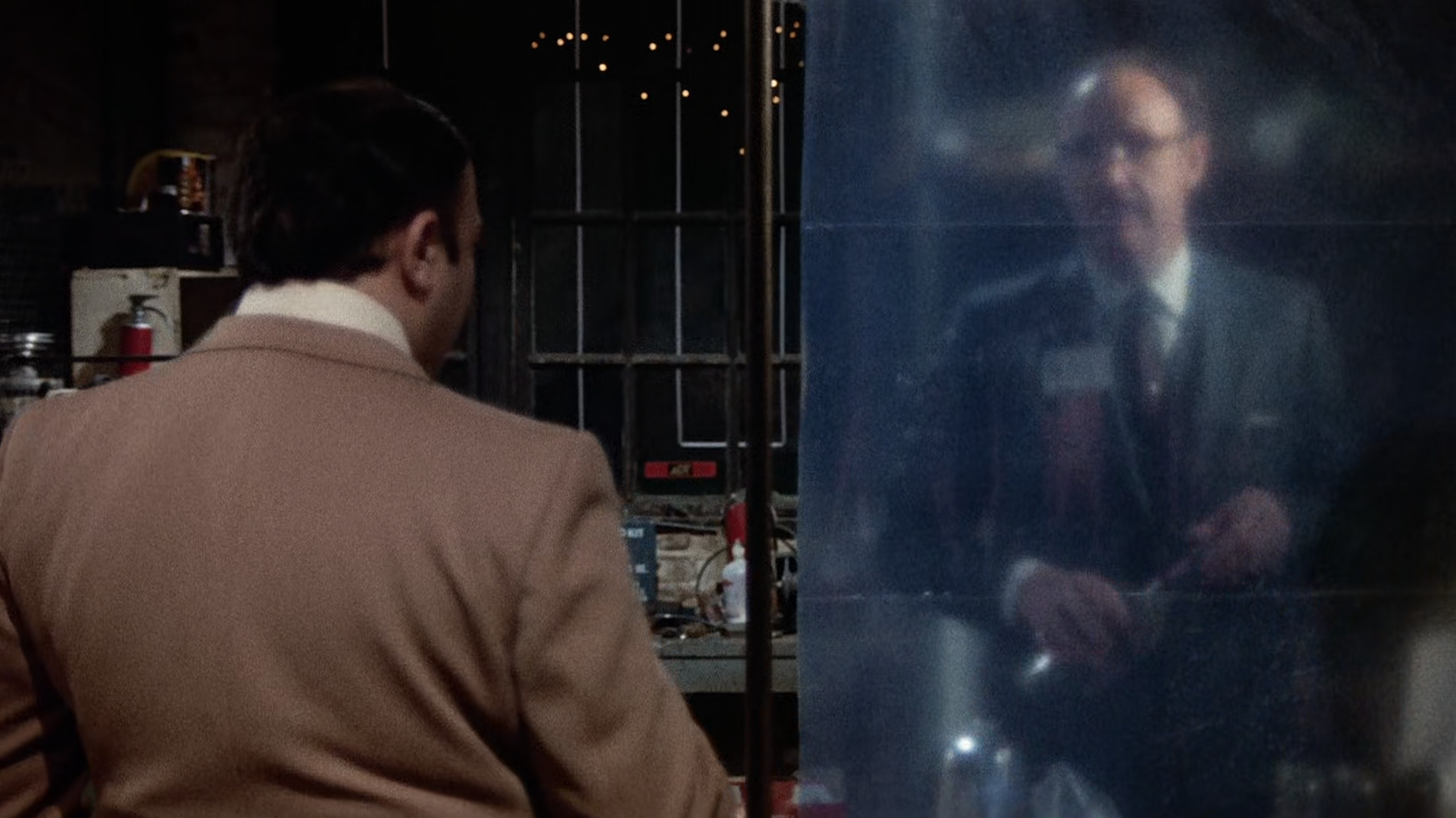
the conversation is a devastatingly lonely film. i love its recurring framing of people through layers of obscuring translucence—a panel of curtain, a pane of frosted glass, a grid of black chainlink, a rolling veil of fog. and then there's harry's raincoat, a semi-opaque plastic that he wears over his suit everywhere despite it never raining once in the film, like an additional synthetic barrier between him and the world. with anonymity comes emotional isolation. harry wallows in it, as well as in the grief and guilt over the evils his work enables. "i was in no way responsible," he tells a priest, alluding to several murders that occurred as a result of his espionage. "i'm not responsible." this is one of the few times he emotionally opens up to anyone in the film, and it is through the latticed partition of a church confessional. the other time is in a dream.
probably the first and only moment we ever see harry truly vulnerable and honest is at the end of the film. a threatening phonecall from a client leads him to believe his apartment has been bugged. he scours the usual hiding places, first with standard detection tools, then his bare hands, dismantling utilities, appliances, fixtures, and furniture before going in on the structure of the home itself. it is only when his apartment has been completely stripped—wallpaper flayed, laths and plaster exposed, subfloors laid bare—that harry is satisfied. the final shot is of him in a corner of his wrecked living room, playing the saxophone, only this time, perhaps with the peace of mind that he is not being recorded (or maybe in cathartic resignation to the fact that he can't escape it anyway), he plays solo, unaccompanied. alone. the irony is that harry is still being watched—by us. his lonely solo plays the film out as we pan back and forth across the room like the mechanical sweep of a surveillance cam.

thanks for reading me ramble about a 50 year old movie.
first scans uploaded!
i've uploaded scans (the first for this website!) for the japanese theatrical pamphlet of the conversation, which i obtained in april 2023 from @wonder in jimbocho, one of my favorite bookstores in tokyo. out of all the pamphlets like this i've seen, this is one of my favorite original cover art designs. if i'm not mistaken, it was a variation of the original japanese poster for the film, which you can see below.
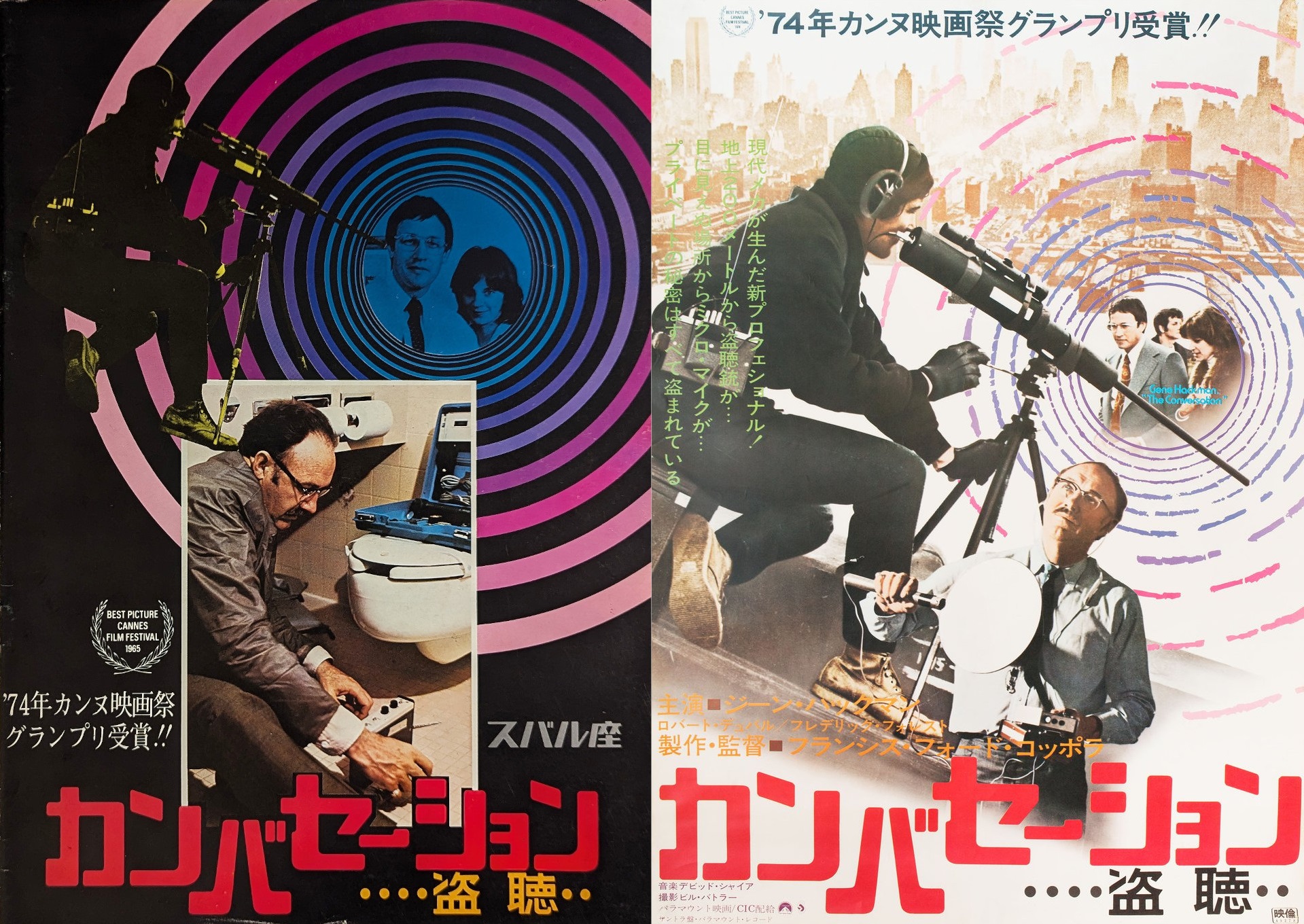
really striking design for what is probably one of the most gorgeous looking and sounding films ever made.
the pamphlet itself is in very good condition, too. it was printed and published in november 1974, presumably for the japanese release date, though i can't find any information about when or where it was screened. the pamphlet is 20 pages and has some beautiful black and white stills from the film and a few color. i really love these stills of gene hackman from the last page. :)
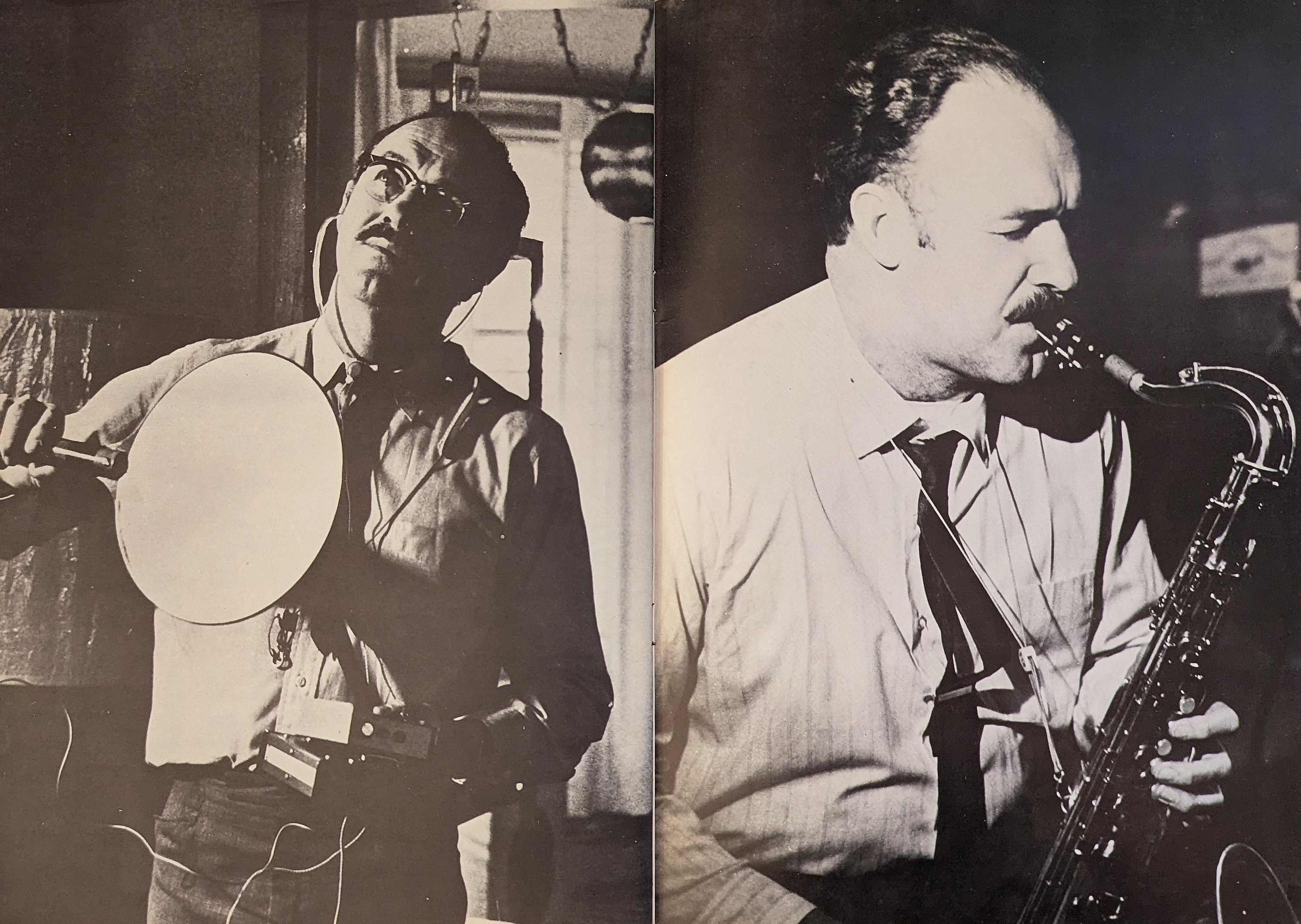
you can find full scans for the conversation's japanese theatrical pamphlet here!